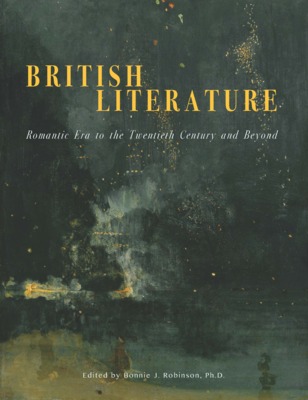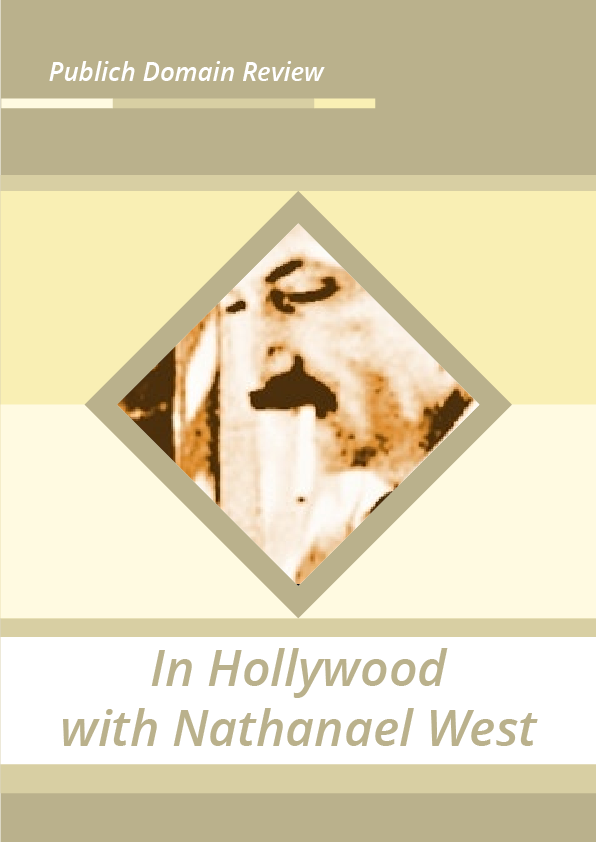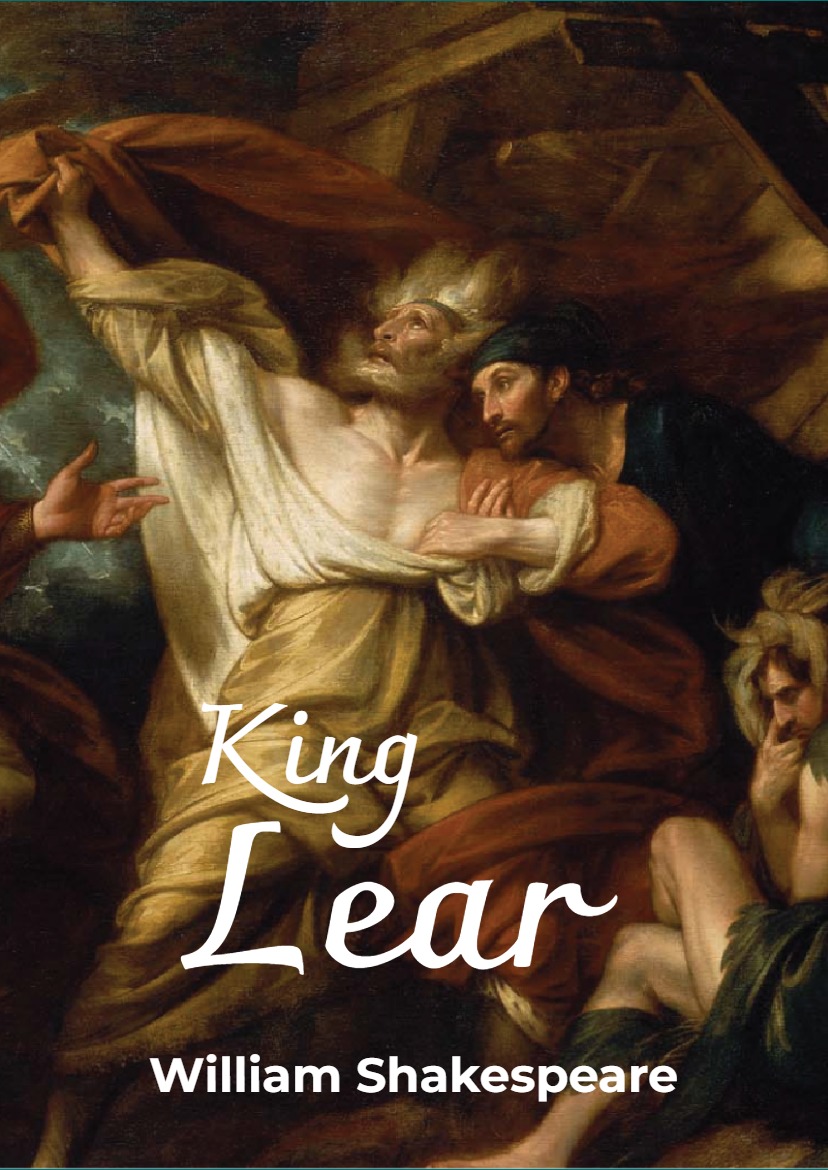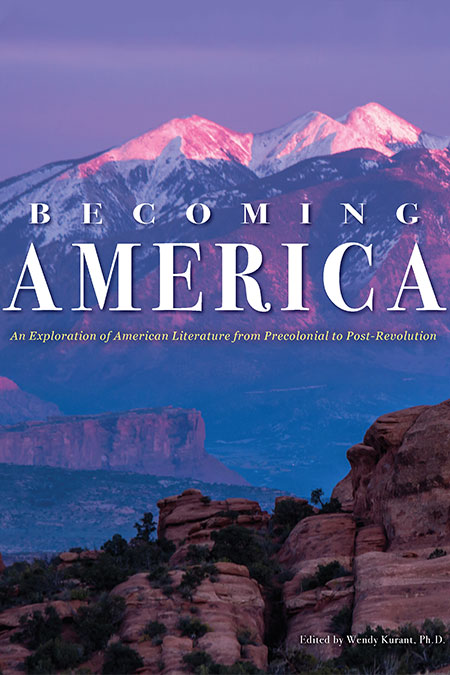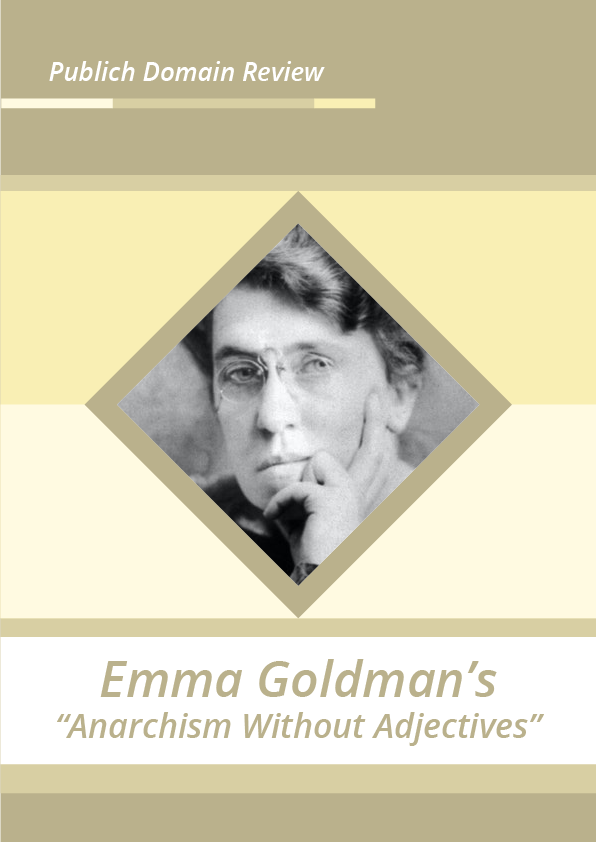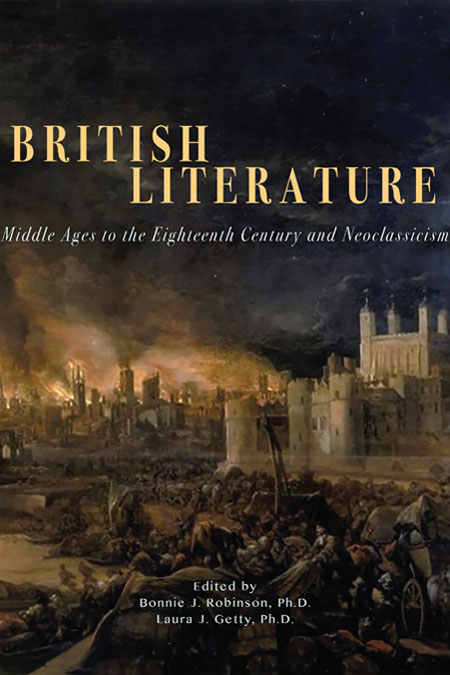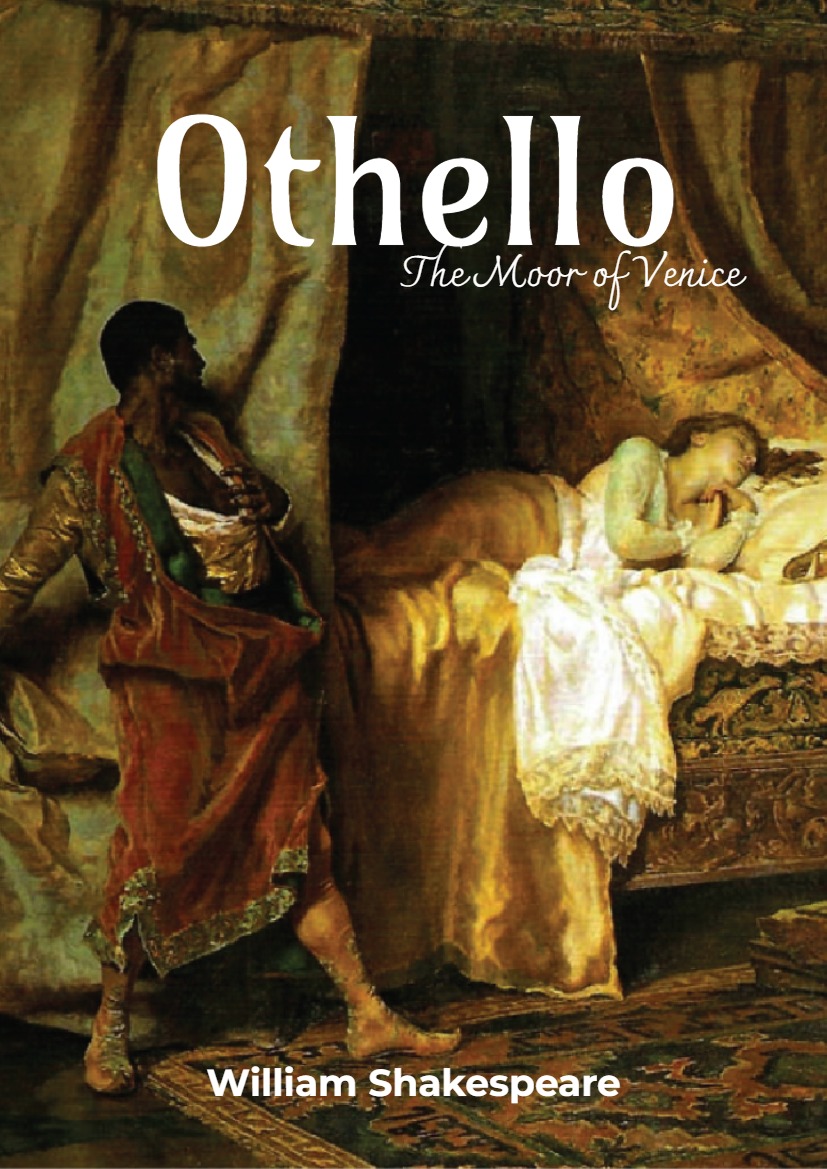Part One: About this book and the course
Part One describes this book and a course for which it is the basis.
This volume began as an e-textbook for a class I teach but, along the way, evolved into a more thorough presentation of theory. It is, therefore, hybrid in content. Thus, the first part presents a theory of the processes involved in attributing meaning and significance to narratives, but with an eye on what this means when one encounters narratives not of one’s own native culture. The remaining parts of the book engage the theory’s deployment in its specifics towards interpretations of narratives that better recognized cultural content that is unfamiliar to the interpreter.
Since this book is closely tied to in-class instruction, and since the state of understanding of perception and meaning-attribution processes is rapidly changing, and because of the multimedia capabilities as well, the eBook format is a good one for this work. I make a few comments on this format in this part. I also lay out the basic learning objectives and structure for the course for which it serves as the basis.
Part Two: A theory of interpretation for cross-cultural reading
Part Two offers my theory of how we construct narratives and what we draw on to do so.
Schematically stated, I view the arrival at a state that could be described as “what the story is and what it means” to be a conversion of code to text by the reader (interpreter) via a variety of cognitive processes some of which are willed and 8 JOHN WALLACE some of which are automatic. Significance (meaning) is achieved through hermeneutically entangled processes of information selection, organization, and the matching to known material (patterns and models), all to arrive at a meaning result that is “good enough” for the purposes at hand. This view of arriving at significance identifies a wide spectrum of areas in which our native culture supersedes the cultural content in which the narrative is embedded, leading to an interpretation that might feel correct but would not be perceived as such by an interpreter familiar with the “home” culture(s) of the narrative.
Part Three: Method—Elements of the interpretive projects
The *interpretive project is designed to allow individual analysis of an aspect of the *narrative well enough designed to allow comparison with the individual work of others once the process is complete but no so well-defined as to push conclusions into the same direction (which would subvert the purpose of individual, independent work). To this end, this part introduces and describes the type of *love considered (*high-order, *cognitive-affective love) and sets out as analytic targets that the contexts of greatest interest to be considered are not only those that can be easily related to culture but, more specifically, can be said to derive from the *worldviews, *values, and *common practices (*WV/CP) of a identified and described, relevant, *cultural group. The *status of these *arrayed *WV/CP are ABOUT THIS BOOK 9 considered with respect to a *ToM (*Theory of Mind of a *narrative figure, as constructed by the reader/interpreter), more specifically a *ToM‘s *thoughts, feelings, and actions (*TF/A). Put another way, the interpretive goal is to answer this question:
Part Four: Method—Designing and completing interpretive projects
An *interpretive project is a student process-to-report activity constrained by the defined *course method and the template associated with it. For these projects, students on their own or in groups analyze an aspect of a *narrative relevant to the course topic. The results are often shared. The *course method (based on course rules and standards) is designed so that these following qualities will be part of any *interpretive project: practicability, shareability, credibility, discovery & insight, accuracy, *equality, diversity, and liveliness.
Part Five: Cultural contexts—Traditional thought systems in East Asian love narratives
Part Five introduces some of the basic content of several major *authoritative thoughts systems (cosmologies, philosophies, ethical systems, religions) and explores how these might be manifesting in *narratives. By *cultural context I mean those aspects of a *cultural group (ideals and practices) of which one is a member that constrain, prod, or inform that individual’s *thoughts, feelings, and actions (TF/A) in some way. With this in mind, *interpretive projects follow one of these two basic analytic orientations:




